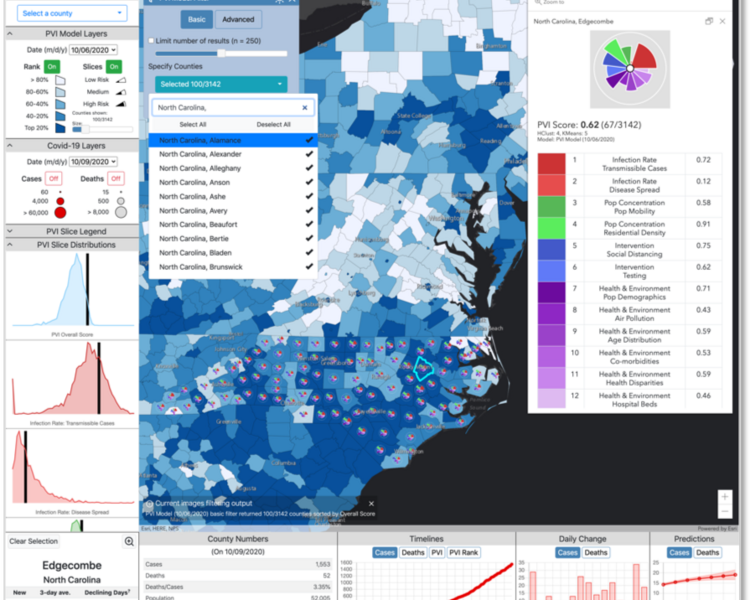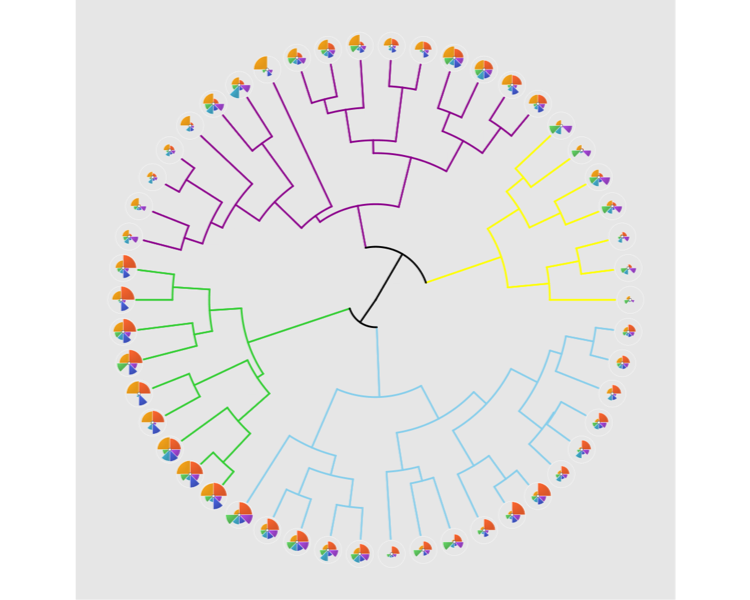The overarching goal of research in the Reif Lab is to understand the complex interactions between human health and the environment.
To accomplish this goal, we focus on developing bioinformatical/statistical methods, visual analytics, experimental design, and software for the integrated analysis of high-dimensional, multi-scale data from diverse sources.
Data sources include epidemiological studies of human health, high-throughput screening (HTS) of environmental chemicals, in vitro studies, and model organisms.















